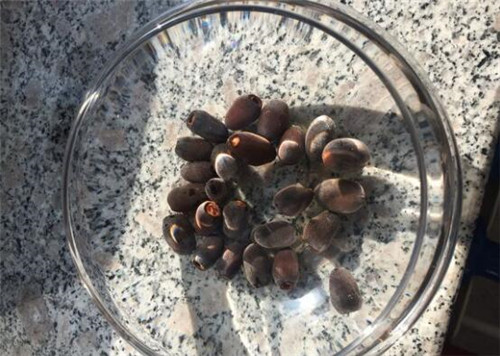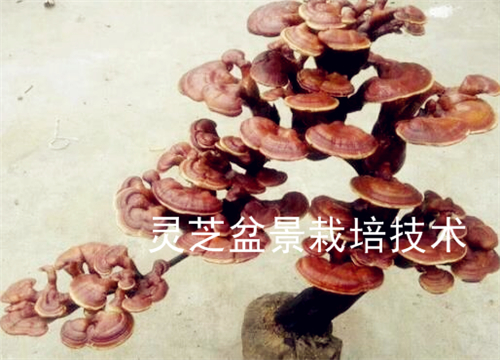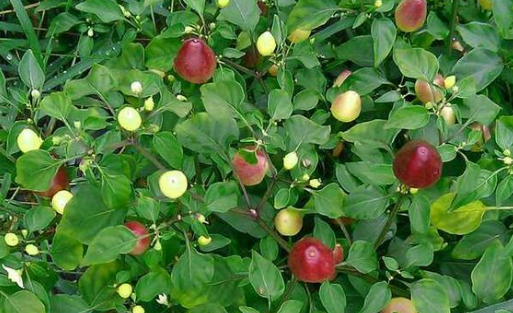Introduction of planting methods and matters needing attention of bowl lotus!
The bowl lotus is also called the pot lotus, because it is petite and lovely and can beautify the environment, it is liked by many flower friends and has the idea of wanting to grow. Then the editor will briefly introduce the planting methods and points for attention of the next bowl lotus:
First, the planting method of bowl lotus
1. Planting environment
Bowl lotus is suitable for growing in a warm, humid and sunny environment, in which the temperature should not be lower than 15 ℃, otherwise it is disadvantageous to the growth of bowl lotus. Secondly, the soil environment is fertile clay rich in organic matter, and the pH value should be maintained at about 6.5.
2. Sowing time
In fact, bowl lotus can be sown all year round, because there is no dormancy period for bowl lotus seeds throughout the year, but the temperature must be maintained above 16 ℃ to have an effect. In general, under suitable temperature and light conditions, the time from sowing to flowering in spring is about 50-60 days, and it takes about 60-80 days to sow to flowering in autumn.
3. Seed treatment
The bowl lotus seed needs to be soaked before sowing, but because the shell of the bowl lotus seed is hard, it needs to be artificially broken before soaking. Specifically, you can first observe the bowl lotus seed, which has a small protruding tip on one end and a small concave spot on the other end. Break the small concave end of the bowl lotus seed with tiger pliers or grind a small hole on the rough cement ground, but be careful not to clamp the seed embryo or remove the shell. In this way, the water can seep in from the small mouth, and the seed can absorb water and expand.

4. Soaking seeds to accelerate germination
Put the treated lotus seeds in water with a temperature of about 20-40 ℃, soak the seeds in a container according to the number of seeds, soak the seeds indoors, change the water every day, and germinate in about a week. After germination, you can move it from indoor to outdoor, give it sufficient light, and there can be no shortage of water during this period. Fine roots and a few tender leaves can grow in about two weeks. Wait until the roots form leaves and grow to an appropriate period of time before transplanting.
5. Transplanting bud seedlings
First of all, prepare a 45-75cm plastic flowerpot or pottery pot without bottom hole, add half a basin of river pond mud or pastoral soil without chemical pollution, and then soak in water about 14 days in advance. Note that there is no need to apply fertilizer during this period, and then you can prepare for transplanting. During transplanting, press the fine roots of a bowl of lotus bud seedlings that grow roots into the mud, one in each pot, and add an appropriate amount of water after transplanting. The suitable amount of water is the leaves that do not submerge the bowl lotus.
6. Autumn and winter management
After two to three weeks of transplanting, if the leaves turn yellow when it grows to its peak, topdressing should be carried out at this time. Topdressing can be done by adding a small amount of nitrogen, potassium and phosphorus ternary compound fertilizer and applying dilute fertilizer as often as possible. In addition, bowl lotus likes to grow in warm, moist and sunny places, so do not put it in a cool place. When the outdoor temperature is lower than 16 ℃, it will hinder the growth of bowl lotus. At this time, it should be moved to a shed with daylight.
II. Matters needing attention in planting lotus bowls
1. When choosing the container for planting bowl lotus, you should pay attention to the appropriate size, because if the container used is too small or too shallow, it can not hold too much nutritious soil, the growth of bowl lotus can not get enough nutrition, and the root system can not be well stretched. In this way, bowl lotus planting will not grow well, and bowl lotus planting will be meaningless.
2. As the growth environment of bowl lotus is inseparable from plenty of sunlight, you should be careful not to keep it in a cool or indoor place where there is no light, otherwise it will affect the growth of bowl lotus, so in order to make bowl lotus grow more vigorously, remember to always move bowl lotus to a place with plenty of sunshine outside.
3. Adequate fertilizer should be ensured in the process of planting bowl lotus. Insufficient fertilizer can easily lead to slow growth of roots and leaves, so topdressing should be carried out in addition to appropriate fertilization during planting, but topdressing should also be based on the size of the flowerpot. If the flowerpot is small and fertilizes too much, it will lead to the phenomenon that the bowl lotus will not blossom or even burn to death.
4. During the growth period, the leaves of the lotus will grow longer and denser. At this time, the leaves will compete for the nutrients of the lotus and affect its growth, so part of the leaves should be removed properly at this time, which can also help the plant breathe and touch the flowers.
5. In order to prevent the bowl lotus from being attacked by diseases and insect pests, the water quality should be kept clean and the breathability of the plant should be maintained during the period of planting bowl lotus. When diseases and insect pests are found, the leaves that receive diseases and insect pests should be cut off in time to block the source of infection.
Conclusion: the above is the introduction of the planting methods and matters needing attention of bowl lotus. I hope it will be helpful to friends in need.
Time: 2019-03-13 Click:
- Prev

Explain the main points of daily Ganoderma lucidum bonsai cultivation techniques in detail!
Many people think that Ganoderma lucidum cultivation is either cultivated by growers or wild, but bonsai cultivation of Ganoderma lucidum is very popular in recent years. Many people will choose a good-looking bonsai, and then choose the variety they want to cultivate, put it at home, and watch it.
- Next

Introduction of planting methods and matters needing attention of colorful pepper!
Colorful pepper, also known as multicolor pepper, is a variety of chili peppers. Unlike other chili peppers, this kind of pepper has many colors, and its taste is ten times hotter than ordinary chili peppers. This kind of pepper is also very popular with people. Some people even cultivate it as a potted flower.
Related
- Fuxing push coffee new agricultural production and marketing class: lack of small-scale processing plants
- Jujube rice field leisure farm deep ploughing Yilan for five years to create a space for organic food and play
- Nongyu Farm-A trial of organic papaya for brave women with advanced technology
- Four points for attention in the prevention and control of diseases and insect pests of edible fungi
- How to add nutrient solution to Edible Fungi
- Is there any good way to control edible fungus mites?
- Open Inoculation Technology of Edible Fungi
- Is there any clever way to use fertilizer for edible fungus in winter?
- What agents are used to kill the pathogens of edible fungi in the mushroom shed?
- Rapid drying of Edible Fungi

